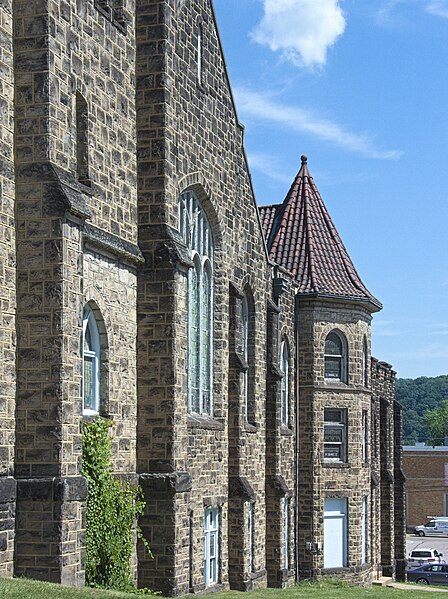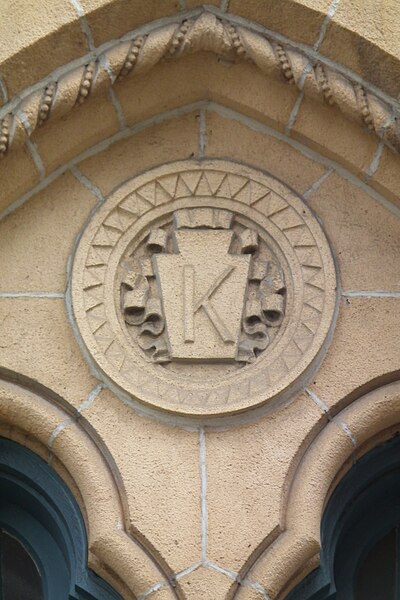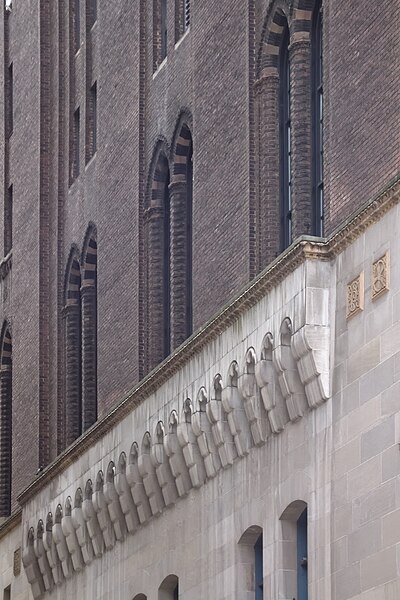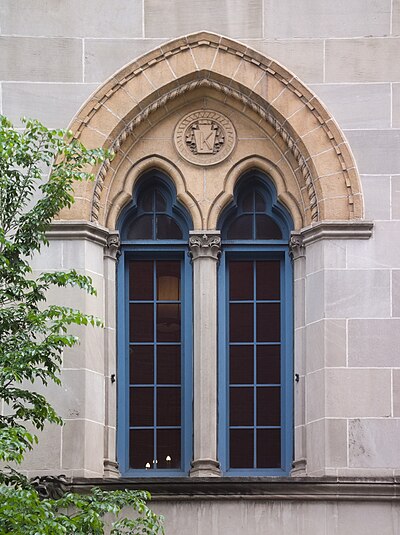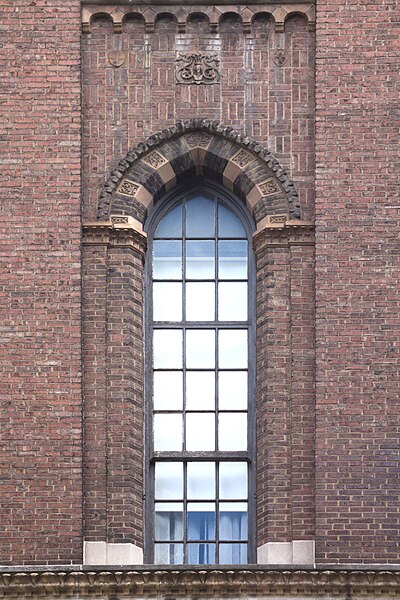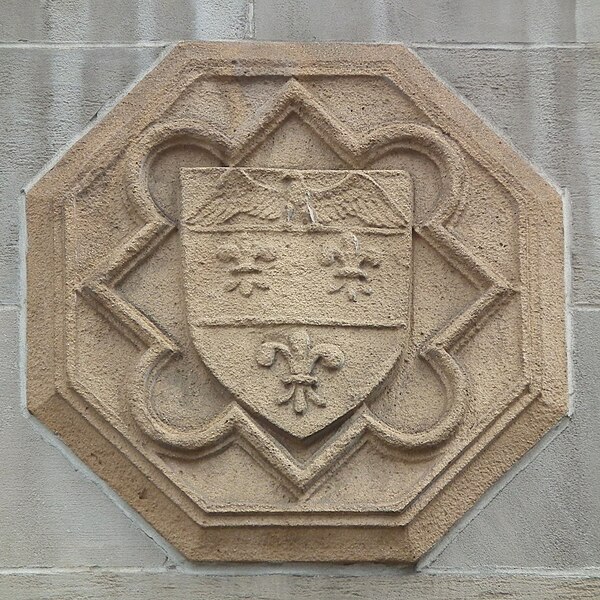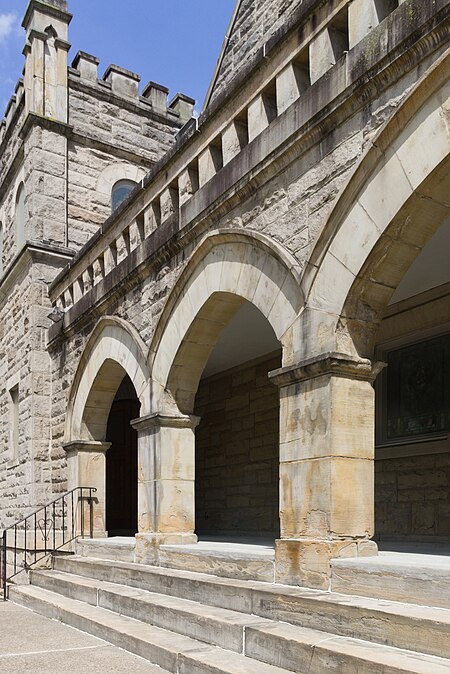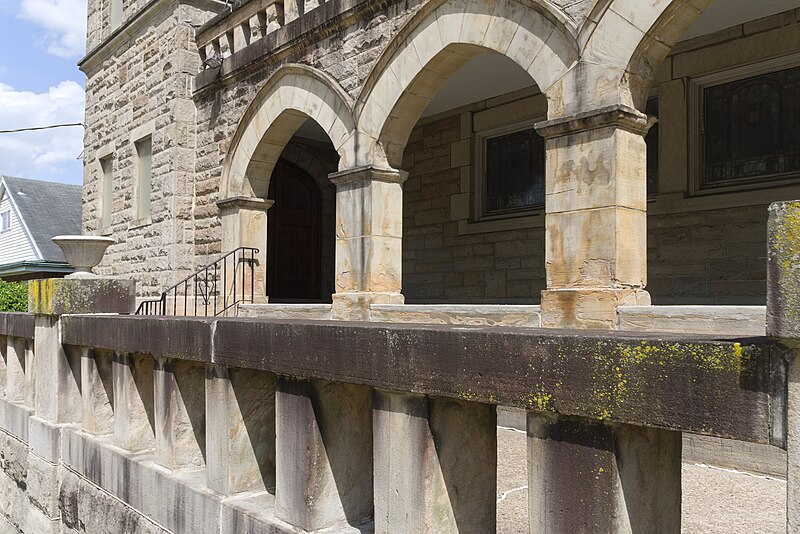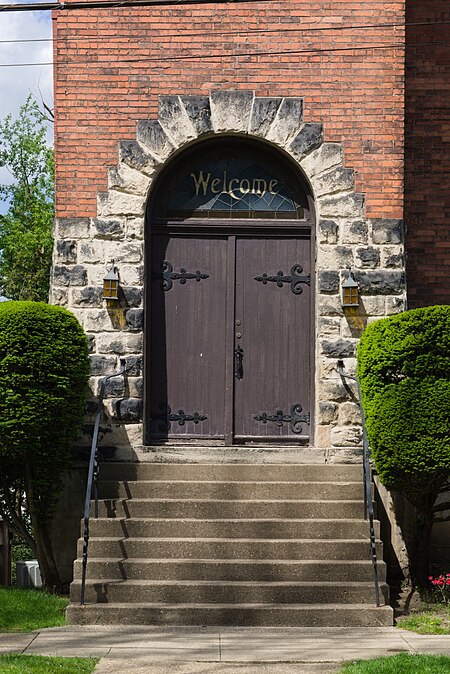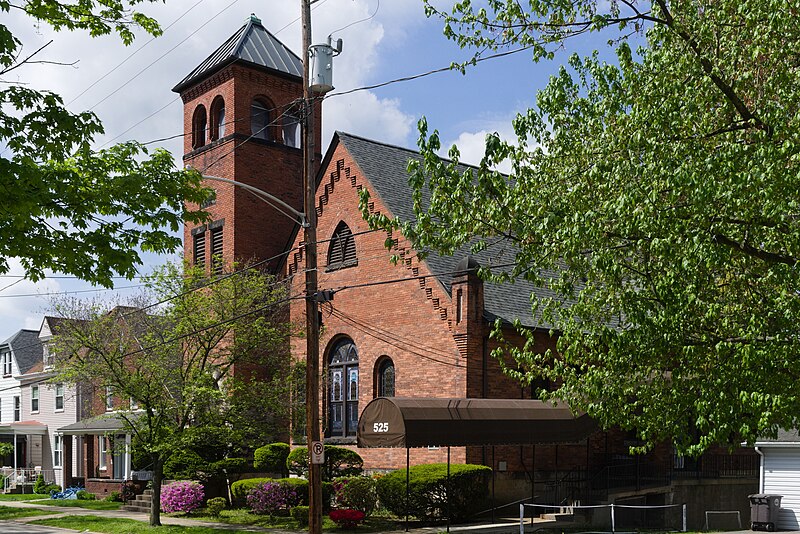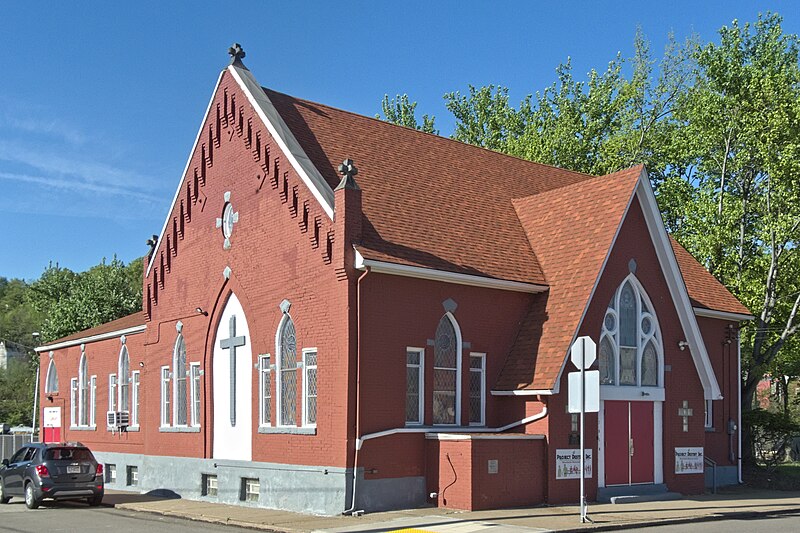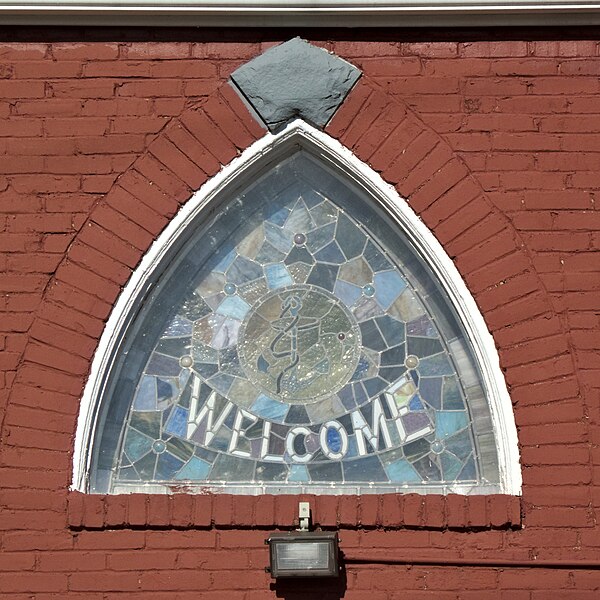
Two grand Presbyterian churches stand at the two ends of Uptown Mount Lebanon. But they are different kinds of Presbyterians. The one to the north was the United Presbyterian church, but it has now become Evangelical Presbyterian. This one is now Presbyterian Church (USA).
“In these days of mergers,” James Macqueen (himself one of our notable architects) wrote in the Charette in 1930, “one wonders why theological differences stood in the way of unity, and that these Presbyterians did not build one great building in this community instead of two with their attendant extra overhead involved. However, both of these two churches are worthy of a visit, as they show the great advance that has been made in Church work during the past few years…”
Southminster was designed by Thomas Pringle and built in 1928.






These quatrefoil ornaments at the top of the tower can be properly appreciated with a very long lens.


The office and education wing is done in a complementary Jacobean style. The arcade makes both a visual and a practical link to the main church.


Appropriately for a building dedicated to Christian education, the Reformation slogan VDMA—Verbum Domini Manet in Aeternum (“The word of God endureth for ever,” 1 Peter 1:25)—is engraved in an open book.
We have more pictures of Southminster Presbyterian from a couple of years ago.




